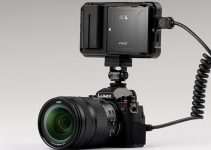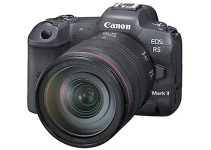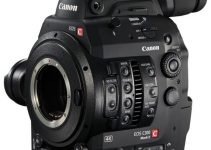The Zhiyun Crane is a low-cost 3-axis gimbal stabilizer primarily designed for small cameras such as the Sony A7S II, Panasonic GH5, and others with a similar form factor. With its 360-degree unlimited rotation and portable solid build, the Zhiyun Crane offers a compelling solution for solo filmmakers who are looking to add more dynamic movement to their shots, regardless of the occasion whether it be a wedding, a product shoot, or even a documentary/short film.
Despite the fact that the gimbal is operated by a single hand, the stability it provides allows users to capture cinematic footage without the need for other expensive and bulky equipment. In addition, filmmaker Daniel Schiffer shares a few alternative ways to move your camera that should help you to get the most out of your Zhiyun Crane and add more production value to your shots.
When using a gimbal stabilizer, you may find that the footage you capture has an occasional unwanted jitter. This flaw may be due to a sudden movement of the motors as you’re following or moving around your subject. To lighten the effect of the jitter artifacts, try shooting at a higher frame rate (60 or even 120 fps). By doing so, you can slow down your video in post and end up with a much smoother motion.
Keep in mind, though, that your subject’s movements will also be slowed down so this workflow may not work for every situation. Although if you’re thinking of doing a shot that focuses on a stationary subject, such as the food items showcased in the video, slowing down footage shot at a higher frame rate may be the way to go.
If you want to emulate the movement of using a camera crane, you can easily achieve the effect with the Zhiyun Crane. To do so, press on the joystick button a single time. That way, the camera head will move only when you use the joystick. To get the jib-like movement, pull the crane up and as you do so, pull down on the joystick.
If you’re looking to mimic a dolly-like movement, that is just as straightforward. This time shoot with the gimbal rotated horizontally while pushing in slowly. This trick will allow you to easily maneuver the unit as opposed to when having it standing straight.
Besides that, using a gimbal compared to a slider has some other advantages as well. For instance, a traditional slider can only move in one axis – either left to right or forward and backward. With the gimbal, you’re able to switch between both axes without having to change your equipment configuration, which allows you to create some more complex shots.
Another alternative move you can pull off with the gimbal is by creating a parallax effect, wherein the camera is moving left to right but is still centered on the subject. To do so, fly the gimbal from one side to the other while pushing the joystick to the opposite direction to ensure that the camera head stays centered on the subject.
Even though these techniques does seem quite simple and straightforward to pull off, they can certainly help you to get more creative with your shots and add more life to your production.
[source: Daniel Schiffer]
B&H and Amazon US Order Links:
Zhiyun-Tech Crane v2 3-Axis Handheld Gimbal Stabilizer (B&H; Amazon US)
Zhiyun-Tech Crane-2 3-Axis Handheld Stabilizer with Follow focus (B&H)
Disclaimer: As an Amazon Associate partner and participant in B&H and Adorama Affiliate programmes, we earn a small comission from each purchase made through the affiliate links listed above at no additional cost to you.
Claim your copy of DAVINCI RESOLVE - SIMPLIFIED COURSE with 50% off! Get Instant Access!





